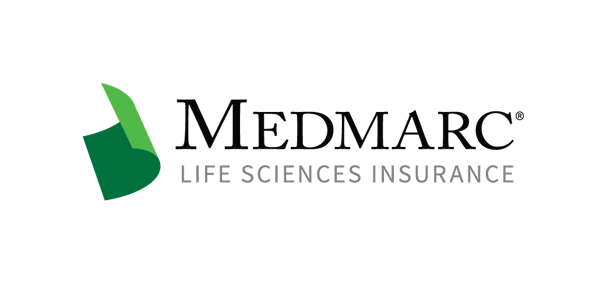Device Makers Beware: Device Design a Hazard in New FDA Intended Use Rule
Device makers should be aware of the new FDA intended use rule, which concludes an overhaul of the previous version that was six years in the making. One of the key differences between the new rule and the previous version is that the design or composition of a device can now be leveraged to allege that the manufacturer intended that the device be employed for a use not approved by the FDA.
The FDA describes the new version of the rule as the FDA’s current thinking on intended use rather than a significant shift in policy. The final rule states that mere knowledge of off-label use is not enough to draw the conclusion that such uses are intended by the manufacturer. The FDA had previously published a draft of the intended use rule in 2015, followed by a final version in 2017, although implementation of that final rule was suspended due to a series of negative comments from industry.
Much of the concern around the 2015 proposed rule was that drug makers believed they would be required to provide adequate labeling for any uses other than the labeled use when they became aware of shipments that are likely to be used off label. However, the FDA complicated matters further by adding a feature in the 2017 final that was not in the 2015 draft. This was the language stating that the totality of the circumstances might be indicative of the manufacturer’s intended use. Among the objections to the inclusion of this totality of the evidence approach in the 2017 final rule was that it had not been subjected to the notice-and-comment process required for rulemaking.
The agency said that the design of a device could be used to make inferences regarding intended use if the size of the device would be suggestive. The example given by the FDA is that of a stent that is sized for a purpose that would be readily distinguished from the uses approved or cleared by the agency. Another example is a device that is designed to elute a liquid, but which carries design features that would seem to be needed only for a liquid that is more viscous than the liquids described in approved product labeling.
Another important feature of the final rule is that it replaces the controversial totality of the evidence feature in the 2017 final rule with the statement that any relevant source of evidence may be deemed suggestive of the manufacturer’s intended use. This new approach to the types of evidence could implicate both direct and circumstantial evidence, and could include product design and/or composition. Distribution of the product to clinicians known to use the product off-label may also be suggestive of intended use, the FDA said, although such distribution would not necessarily be enough to demonstrate a non-approved or non-cleared intended use.
The rule does not offer any safe harbor for non-promotional, scientific exchange, such as any communication regarding investigational uses of a drug or device. The agency acknowledged that there is value in sharing information regarding off-label uses of a device with physicians, but argued that the rule would not infringe on First Amendment considerations nonetheless. The FDA also said it was concerned about dissemination of information regarding off-label uses that is based on incomplete data or data that are flawed in some regard. The rule is in force as of Sept. 1, 2021.
For additional resources contact the Marketing department
Phone: 888-633-6272
Medmarc is a member of ProAssurance Group, a family of specialty liability insurance companies. The product material is for informational purposes only. In the event any of the information presented conflicts with the terms and conditions of any policy of insurance offered from ProAssurance, its subsidiaries, and its affiliates, the terms and conditions of the actual policy will apply.
Copyright © 2025 - Medmarc
